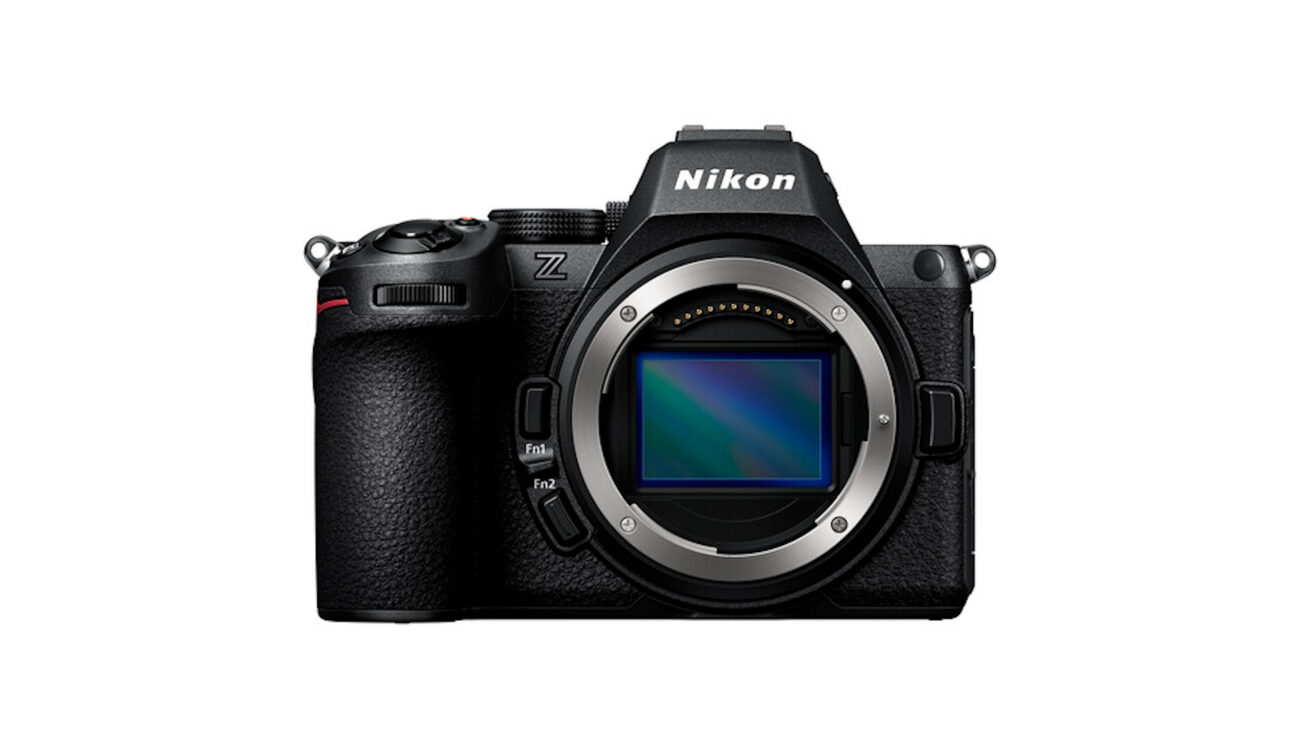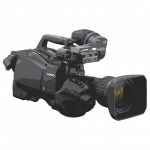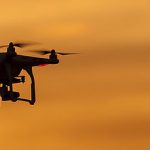Nikon Z5II Announced – Supports Internal N-RAW Video Recording and More

The Nikon Z5II mirrorless camera builds on its five-year-old predecessor with a new 24.5MP BSI-CMOS sensor and the EXPEED 7 processor from Nikon’s higher-end models. These improvements enable faster shooting speeds, better autofocus with subject detection, and improved low-light performance with enhanced image stabilization. Features include an articulating touchscreen, brighter viewfinder, dual UHS-II SD card slots, 4K/60fps video recording with extended recording times, and comprehensive in-body stabilization that works with all lenses. The camera maintains core functionality while addressing previous limitations in processing power and video capabilities.
The Nikon Z5II features the EXPEED 7 processor, previously found in Nikon’s high-end cameras like the Z9. According to Nikon, this upgrade was necessary for improved autofocus performance. The new 24.5MP back-illuminated CMOS full-frame/FX-format sensor delivers cleaner images with reduced noise across the ISO 100-64000 range (ISO 51200 for video recording). Together, these components enable high-resolution imaging, speeds up to 30 fps, detection of nine subject types, and enhanced low-light performance with up to 7.5 stops of image stabilization.
The Z5II includes a fully articulating touchscreen for flexible viewing angles and a viewfinder that’s three times brighter than the original Z5. It maintains dual SD card slots with UHS-II compatibility.

Nikon Z5II Video Specification
For video, the Z5II records UHD 4K at up to 60 fps and Full HD at up to 120 fps. Recording times extend to two hours, and features include a video Self-Timer, electronic Vibration Reduction, and HDMI output to external recorders. In-camera time-lapse can generate UHD 4K video directly. It is also the first Nikon Z series camera to support internal recording of N-RAW video to an SD card.
The camera incorporates a 5-axis sensor-shift Vibration Reduction system providing up to five stops of stabilization with any lens, or up to 7.5 stops with compatible lenses. Electronic VR further helps stabilize handheld video recording.
In addition, the camera supports Hi-Res Zoom with video recording that allows users to zoom in on their subject with no loss in resolution when using a prime lens or when the telephoto end of a zoom lens doesn’t quite reach. In order to use this feature the following conditions must be met: recording at H.265 10-bit, H.265 8-bit, or H.264 8-bit. The image area is set to FX, at 1920×1080/30p, 1920×1080/25p, or 1920×1080/24p. N-Log is also supported when H.265 10-bit (MOV) or N-RAW 12-bit (NEV) are selected. The new camera is also equipped with “Product Review Mode”, with which the camera automatically switches focus to the object in front of it, and Video Self-timer, with which the camera automatically starts recording video after a preset delay when the record button is pressed.

Key Features Summary
- 24.5MP FX-Format CMOS Sensor
- EXPEED 7 Image Processor
- ISO 100-64000, Up to 30 fps Shooting (ISO 51200 for video recording)
- UHD 4K and Full HD Video Recording
- 3.6m-Dot OLED Electronic Viewfinder
- 3.2″ 2.1m-Dot Vari-Angle Touchscreen LCD
- 9-Type Subject Detection AF
- 5-Axis Sensor-Shift Vibration Reduction
- Built-in Wi-Fi and Bluetooth
- Dual SD UHS-II Card Slots

Nikon Z5II vs the Nikon Z6III
It seems as if Nikon did their homework well, yet the Z6III is positioned as a more video-centric hybrid camera, while the Z5II is more photo-oriented with decent but more basic video capabilities.
Pricing and Availability
The camera is now listed at B&H ready for pre-ordering at $1,696.95. It can also be purchased with a 24-50mm f/4-6.3 lens, or a 24-200mm f/4-6.3 lens. The camera is expected to hit the shelf towards the end of April.
 كاميرات سينمائية
كاميرات سينمائية Pro Camcorders
Pro Camcorders System Cameras
System Cameras Drones
Drones






























